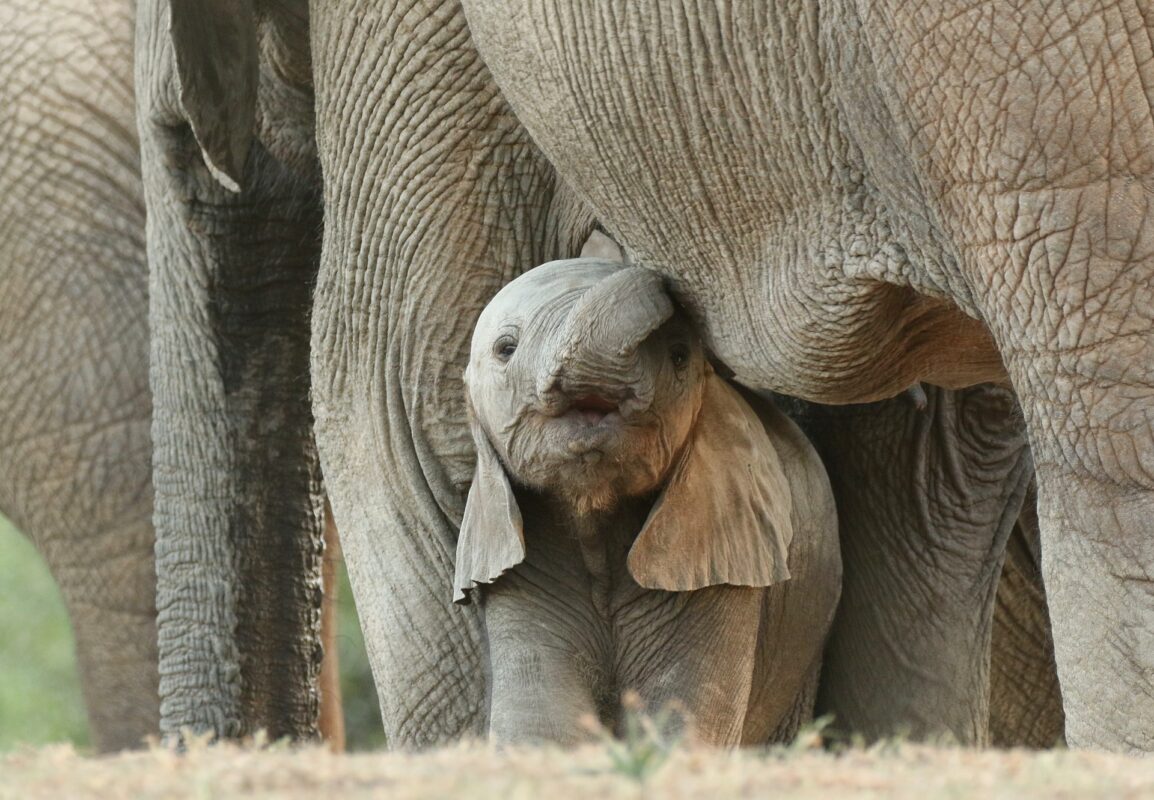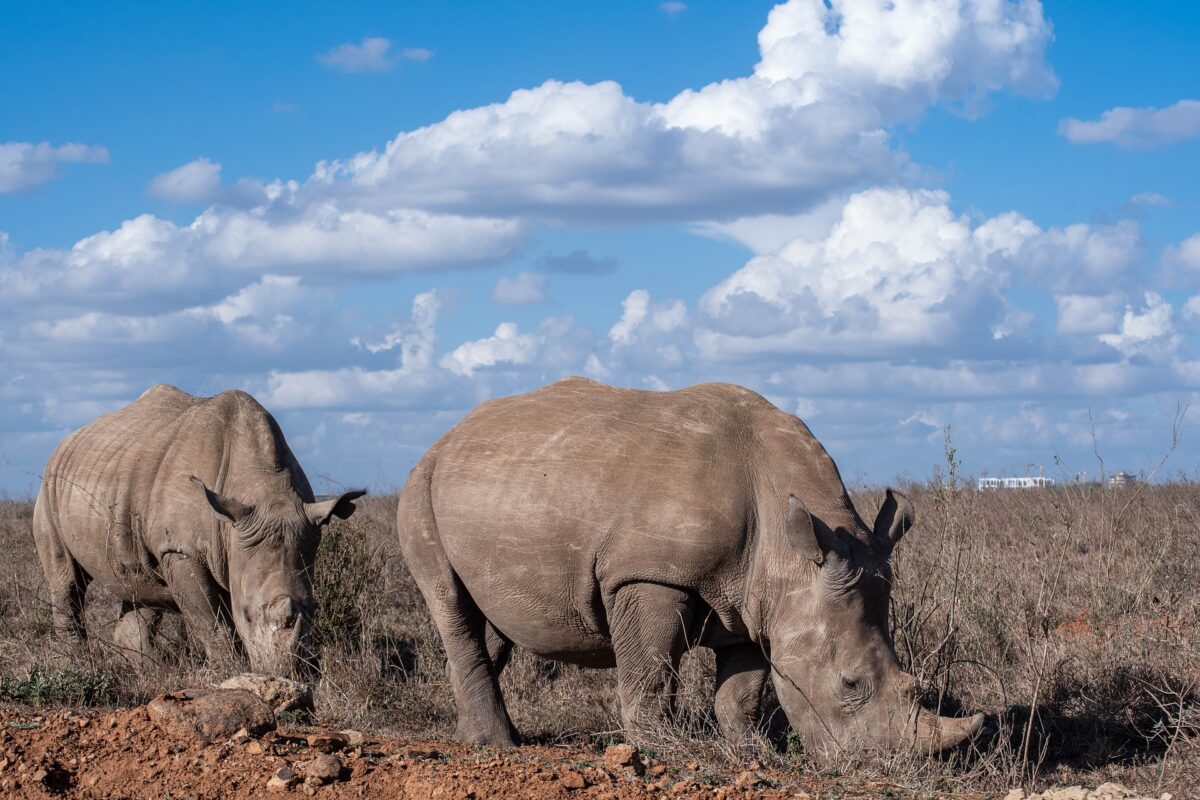
Blog
The Endangered Species Crisis: Why It Matters to All of Us

Giant panda, African elephant, or polar bear. If you hear these animals, what do you come up with? As a matter of fact, they are at risk of extinction. Similar to rhinoceros and stork, they are on the red list. Have you ever stopped to think about what it would be like to live in a world without elephants, dolphins, or even the bees that pollinate our crops? Extinction is a crisis that often seems distant, something happening “out there” in faraway jungles or oceans. But the reality is that the loss of biodiversity—our disappearing wildlife—is something that affects each and every one of us. Let’s talk about this issue.

The Direct Causes: How We Are Contributing
It’s easy to think that endangered species are just a result of nature’s cycle, but the truth is, we—humans—are directly responsible for much of the destruction happening. Here’s how:
1. Habitat Destruction: The Homes We’ve Taken Away
For many species, this is a daily reality. The human population is growing, and technology is advancing rapidly. As a result, we are expanding cities, constructing roads, and clearing forests for farming. In doing so, we are destroying the natural habitats that animals rely on to survive. This phenomenon is called habitat destruction, and it is one of the primary causes of species endangerment. Take the Amazon Rainforest, for instance. Imagine strolling through a jungle filled with sloths and colorful birds. This jungle is home to thousands of species, ranging from animals to insects like butterflies, as well as countless plants. But due to human activities, especially like logging and farming, it’s shrinking at an alarming rate. Without these habitats, animals like monkeys are left with no place to forage, nest, or stay safe. It’s no wonder that many species are becoming endangered.

2. Poaching and the Illegal Wildlife Trade: When Greed Takes Over
There’s a dark side to wildlife trade, where animals are hunted for their skin, tusks, and bones—often to make money or satisfy a demand for exotic goods. Elephants are killed for their ivory, tigers are hunted for their pelts, and rhinos are poached for their horns, which are falsely believed to have medicinal properties. Now these negative impacts are recognized and many conserving communities are striving to protect those animals. However, over 30% of African elephant populations have been lost due to poaching in the past decade. A TRAFFIC report estimated that over 1,000 elephants were killed every month between 2010 and 2012 due to illegal hunting in Africa. The illegal wildlife trade is valued at around $23 billion annually, making it one of the largest illegal trades in the world.
Illegal activities push species toward extinction. Removing animals from the wild reduces populations and disrupts ecosystems, with the loss of apex predators like tigers affecting the entire food chain.

3. Overfishing: Taking More Than the Ocean Can Give
Our oceans, home to many incredible species, are being overfished at an unsustainable rate. According to the FAO, about 33% of global fish stocks are overfished, caught faster than they can replenish. This depletes their populations and destroys the delicate balance of marine life.
Did you know this overfishing has another major issue? It’s bycatch. This refers to the accidental capture of animals which are often caught in fishing nets meant for other species. It is estimated that more than 300,000 small whales, dolphins, and porpoises lose their lives each year due to entanglement in fishing nets. Think about it—how long can we keep depleting the ocean’s resources before we find ourselves facing empty seas?

4. Pollution: Poisoning the Earth’s Ecosystems
Every time you use plastic, throw away chemicals, or dump waste into a river, remember that it doesn’t just disappear—it has a lasting impact on wildlife. Pollution, whether in the air, water, or soil, is a serious threat to species worldwide. Chemicals like pesticides poison both land and aquatic species, while plastic waste chokes marine animals. Can you guess how much plastics are thrown away? It is estimated that approximately 8 million tons of plastic are thrown into the ocean each year.
Take sea turtles, for instance. They often mistake plastic bags for jellyfish, one of their favorite foods. Eating plastic can cause internal blockages, malnutrition, and even death. Similarly, marine animals can get caught in discarded fishing nets or plastic debris, leading to injury or health problems. And even it causes death: an estimated 100,000 turtles die as a result each year. This pollution isn’t just an eyesore—it’s a killer.
Indirect Causes: The Hidden Threats
While the direct causes of species endangerment are often linked to human activities, there are other, less obvious factors that we may not immediately recognize. Let’s explore these hidden threats:
Climate Change: The Global Disruption We Can’t Ignore
Climate change is a slow-moving yet incredibly powerful force that affects every living thing on Earth. Rising global temperatures, changing rainfall patterns, and extreme weather events are all byproducts of human activities. These changes are creating new challenges for species that rely on stable environments to survive.
Coral reefs are one of the typical examples that are highly sensitive to temperature changes. As the ocean warms, corals expel the algae that live in their tissues, a process known as coral bleaching. Without algae, the corals die, and so do the countless species that rely on them for food and shelter. The marine ecosystem is also formed by various species, and none of them can be lost. But human activities have the power to easily destroy this ecosystem.

Invasive Species: The New Threats We’ve Unintentionally Brought
Invasive species are a silent threat to biodiversity. As humans travel around the world or expand their living spaces, wild animals and species are displaced, leading to disruptions in the balance of ecosystems. These invasive species often outcompete native species for resources, introduce diseases, or prey on native wildlife.
Invasive species not only harm animal populations but also have significant negative effects on the economy. In Canada, industries such as fishing, forestry, and agriculture are affected by invasive species, resulting in billions of dollars in economic losses.
The Ripple Effect: What Happens When Species Disappear?
Why does it matter if we lose a few animals? The truth is, every species plays a vital role in its ecosystem. When one species disappears, it creates a chain reaction that affects other species—and even us. Biodiversity helps regulate our climate, clean our air, filter our water, and pollinate the crops we eat. Every time a species goes extinct, we lose some of these critical services.
Here are some effects when a species disappears:
- Loss of food sources for predators.
- Imbalance in ecosystem dynamics, leading to overpopulation of other species.
- Decline in biodiversity as other species are affected.
- Disruption of habitats and habitat structures.
- Economic impacts on industries like agriculture, fishing, and tourism.
- Introduction of invasive species that may take over the ecosystem.
- Loss of cultural and ecological value tied to the species.

What Can We Do?
The good news is that we don’t have to stand by and watch this crisis unfold. Every action counts. We can support conservation, reduce our carbon footprint, avoid products from endangered species, and make sustainable choices. Acting now can help protect species and ecosystems before they’re gone.
If you’re unsure about any organizations or initiatives, ask Carbon da Capo! We support these organizations through carbon credits. Together, we can help and contribute to the conservation of endangered animals. Let’s take action!
